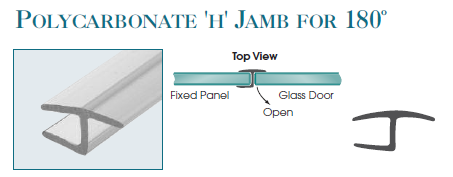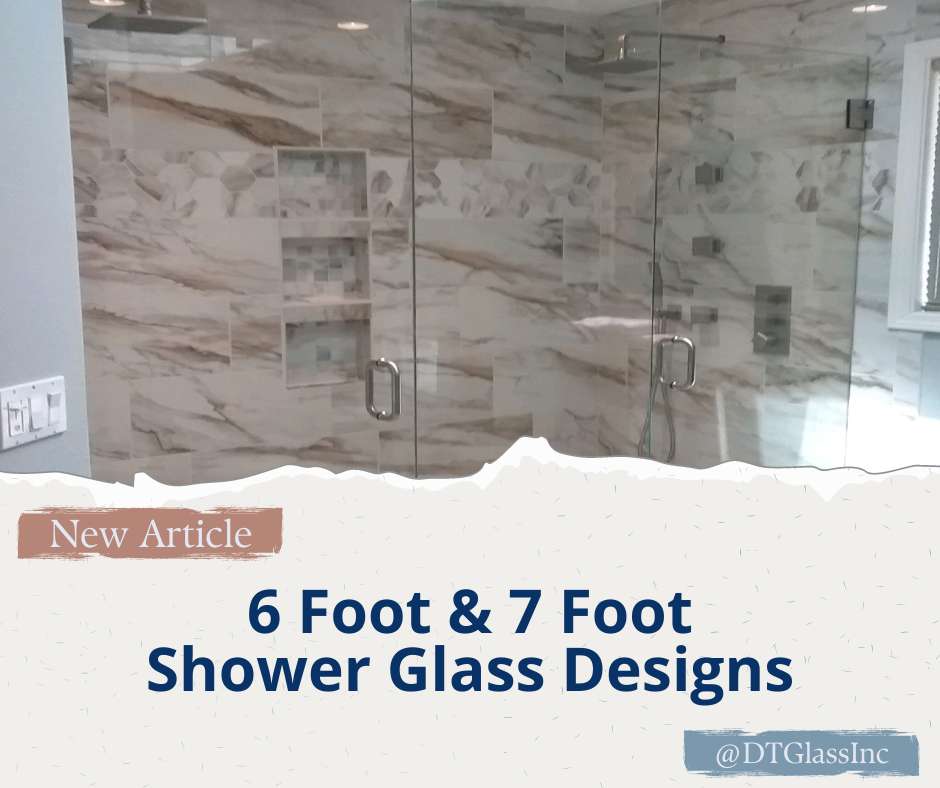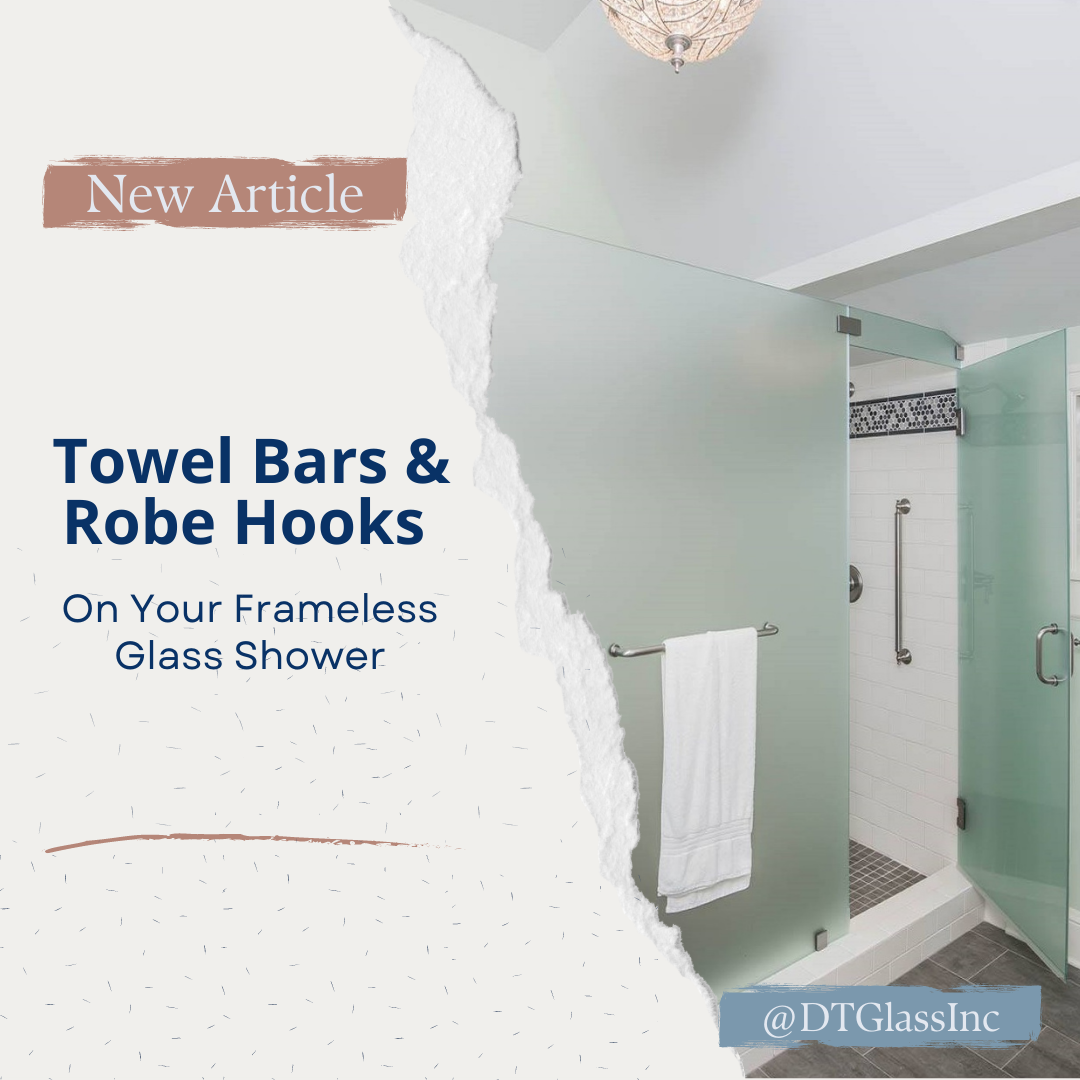
- glass@dtglassinc.com
- (503)-650-6373
CABINET HARDWARE CAUSES 7 YEARS BAD LUCK!
By Shannon Mckinney – DT Glass, Inc.
Working with glass and mirror is different than working with wood. Wood will be pliable and forgiving, while glass lets you know when you’ve mistreated it. Hardware specifically made for glass will take this into account.
Look behind any standard wood cabinet knob and you’ll see a crescent-shaped indentation in the wood. Every time the knob is used to open and close the cabinet door, the knob tilts and applies pressure behind it. Wood reacts by denting. Glass reacts by breaking.
Hardware made specifically for glass will use plastic washers and stand-offs to help keep the knob from tilting, reduce and disburses any pressure, and hold it slightly away from the glass.

Without hardware made specifically for glass, you can be virtually guaranteed of ending up with broken glass or mirror on your cabinet door.

Shower door pulls are also susceptible to pressure points from the wrong type of hardware. Luckily there are a lot of manufacturers who offer beautiful, unique, handle options that are safe to use on glass.
Our primary manufacturer for glass hardware is CR Laurence, and we can also source products from FHC, Portals, and Sure-Loc. If you would like to seek out other designs, we know you can find appropriate choices from:
- Krownlab
- Kartners
- Watermark Designs
- Colonial Bronze
- Rejuvenation
Pressure points can also be created when doorstops or hinge restrictors are used on glass doors. Heavy glass doors experience quite a bit of force behind them as they swing open or closed. Interrupting that swing with a doorstop or hinge restrictor puts pressure on a single point in the glass, while the rest of the glass attempts to stay in motion. The result is a flex in the glass that could result in instant breakage, or cause fissures that lead to breakage later.
The best way we’ve found to stop a door from swinging inward is to apply a seal to the panel or wall next to the door. The continuous strip will stop the door along the entire edge, and if the force is too great, the seal will break before the glass breaks.

Superstition says that breaking a mirror results in 7 years of bad luck. I don’t believe that’s true, but I do believe that choosing the right hardware to use with glass could result in 7 years of good luck as you enjoy trouble-free use. Ready to use the right glass with the right hardware? We can help. Your interiors get lighter, brighter, and more interesting when you use glass and mirror for accents.




























